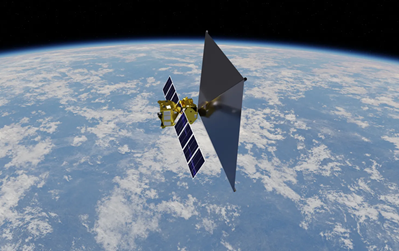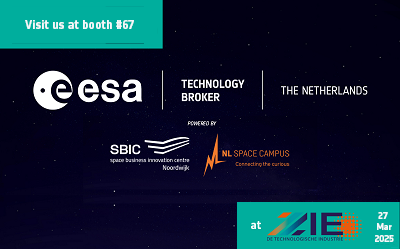The foundation for Skytree‘s mission in carbon capture solutions was laid by founder Max Beaumont more than a decade ago at the European Space Agency (ESA) and further developed during his time at the ESA’s Dutch business incubation centre, ESA BIC Noordwijk. What started out as applied research in cutting-edge technology to keep astronauts alive on the International Space Station developed into a product that tackled the CO2 challenge here on Earth. We caught up with Max to find out about those early days of Skytree and his time at ESA BIC.
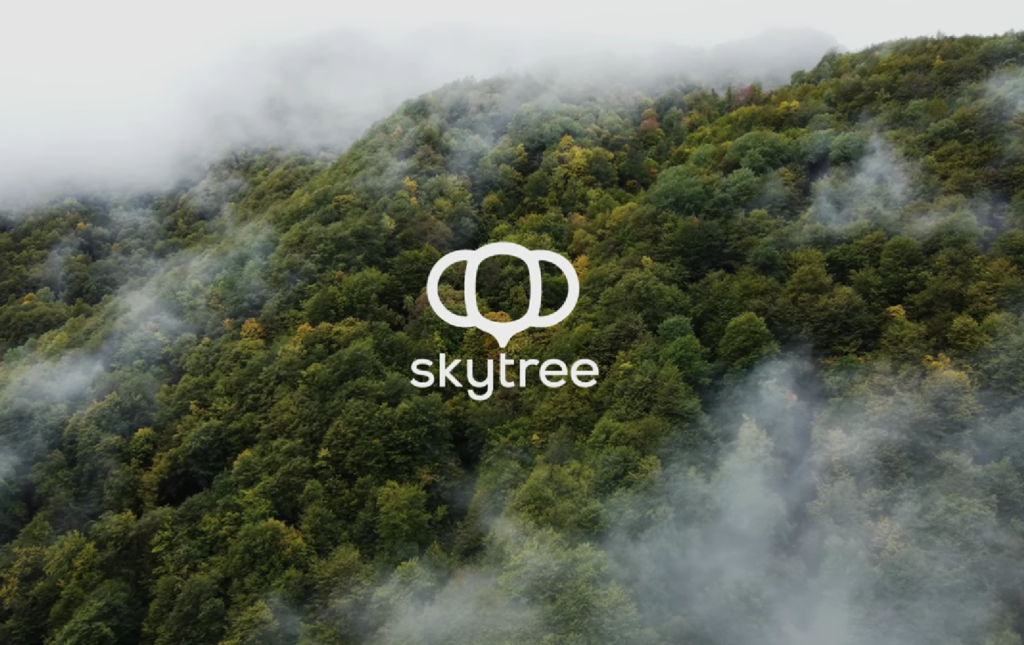
The idea for the direct air capture (DAC) process came out of the development of a CO2 scrubber at ESA, where space scientists were evaluating over 50 sorbents. Skytree founder Max Beaumont was a system engineer on this team, located in ESA’s European Space Research and Technology Centre (ESTEC). The technology was spun out through ESA’s business incubator programme and it was during this time at ESA BIC Noordwijk – while the startup was named Giaura – that the testing and development of the optimised atmospheric CO2-capture process got underway. Skytree officially launched in 2014 and a decade of research and development followed. September 2023 saw the launch of Skytree Cumulus, its first decentralised DAC unit, effectively working in the same way a tree would suck CO2 out of the air – only that the Skytree modular unit can suck CO2 faster and more effectively. Up until last year, Max was the CEO of Skytree and he now acts in a product advisory role for the company. He is also a coach for startups incubated at ESA BIC Noordwijk.
Q&A with Max Beaumont:
What was the spark that inspired you to launch Skytree (or Giaura as it was called back then)?
My original co-founder, Anthony Thirkettle, and I were opportunists. We thought spinning out CO2-capture technology would be good for the planet. And we leaped at the opportunity to easily get the idea funded. Around the same time, we saw the Virgin Earth Challenge had just launched (in 2007), which aimed to award the first company to commercialise CO2-capture technology with $25M.
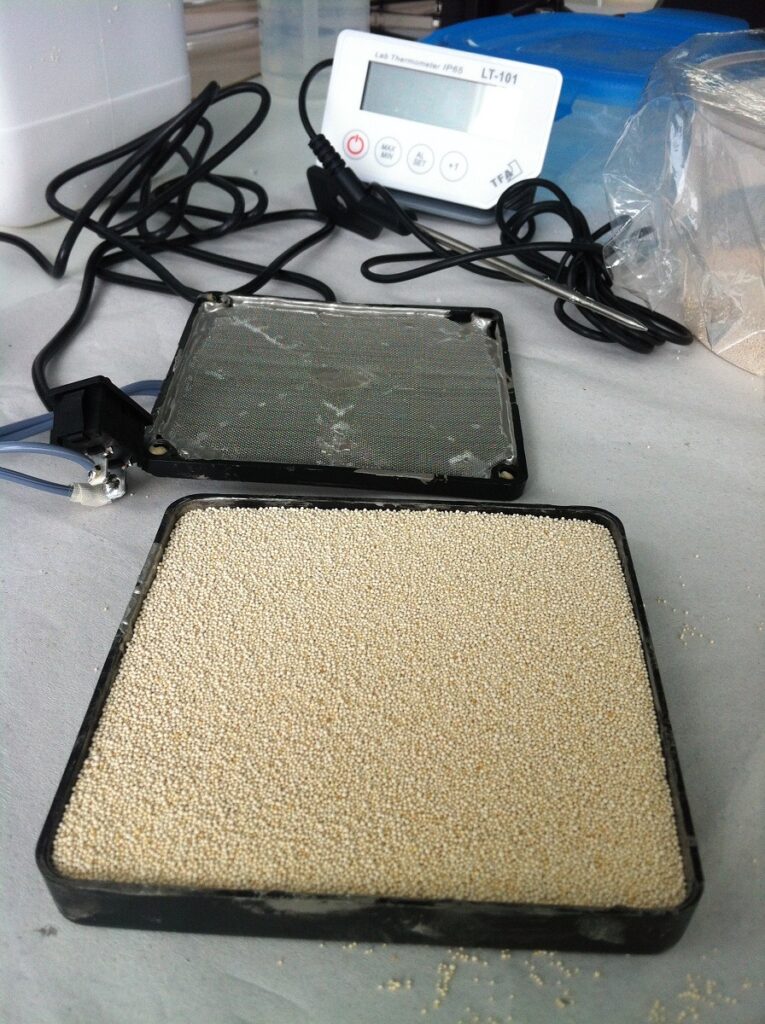
How did you prioritise your time during the 2-year incubation?
My time at ESA BIC was mainly used to build and prove the technology. The capture medium used in ESA’s CO2 scrubbers had not at that point been applied to removing CO2 from the atmosphere. It was a necessity to do – and something my engineering mind went to naturally. In retrospect, marketing and branding to raise further funds was just as important.
What’s the greatest benefit of being in the programme?
It gives early-stage ideas and inexperienced entrepreneurs some breathing room.
Did being in ESA BIC help get Skytree noticed within the industry?
Having ESA BIC on our credentials helped us get in front of some stakeholders. But not much, as the service providers surrounding the incubator were rather generic. Our technology was so early-stage, the industry as well as investors wouldn’t look twice at us anyway, no matter our pedigree.
Personally, I was able to convince a few ESA engineers to lend a helping hand and also get the ESTEC workshop to give us space (it was due to them that we were able to build the first Skytree prototype so cost-effectively).
These days, the ESA BIC programme does tap into the technical proficiency of ESA engineers and scientists close by (through the technical support packages) – and getting access to the numerous labs and workshops available at ESTEC (5 minutes’ drive away from ESA BIC) would be a bonus.
What have been the highlights of the journey in the decade since you graduated from ESA BIC?
- Building a team
- Realising a brand
- Seeing a dream manifest
- Meeting highly successful people
- Building self-confidence
What are the main markets where you see Skytree’s direct air capture technology being applied?
The first market is in closed environment agriculture (CEA), i.e. closed greenhouses and vertical farms, which produce food, algae, vaccines and flowers. Beyond that, Skytree is focused on industrial applications supplying concentrated, pressurised CO2 from ambient air that can be used to produce commodities at scale; think fuels made from atmospheric carbon, cement where injected DAC-sourced CO2 will improve its quality. Ultimately, our units represent a platform technology which can be used across different industries, so it’ll be interesting to see where the most demand comes from.
I’ve written more on DAC industry trends in a recent article: “Beyond Plan B: The Technologies and Tailwinds Powering Direct Air Capture” (September 2023).
Why direct air capture? “At small usage volumes, the market price of CO2 increases dramatically (exponentially even), making “decentralised” modular systems cost-effective for customers to adopt. The modular nature of the systems and their replicability also allows for mass-manufacturing and the economies of scale which follows. Furthermore, through mass deployment, the combined capture capacity of the systems could very quickly add up to more than the giant DAC hubs being developed today. Skytree has coined this approach decentralised direct air capture (DDAC).” – Extract of article by Max Beaumont. Read in full here.
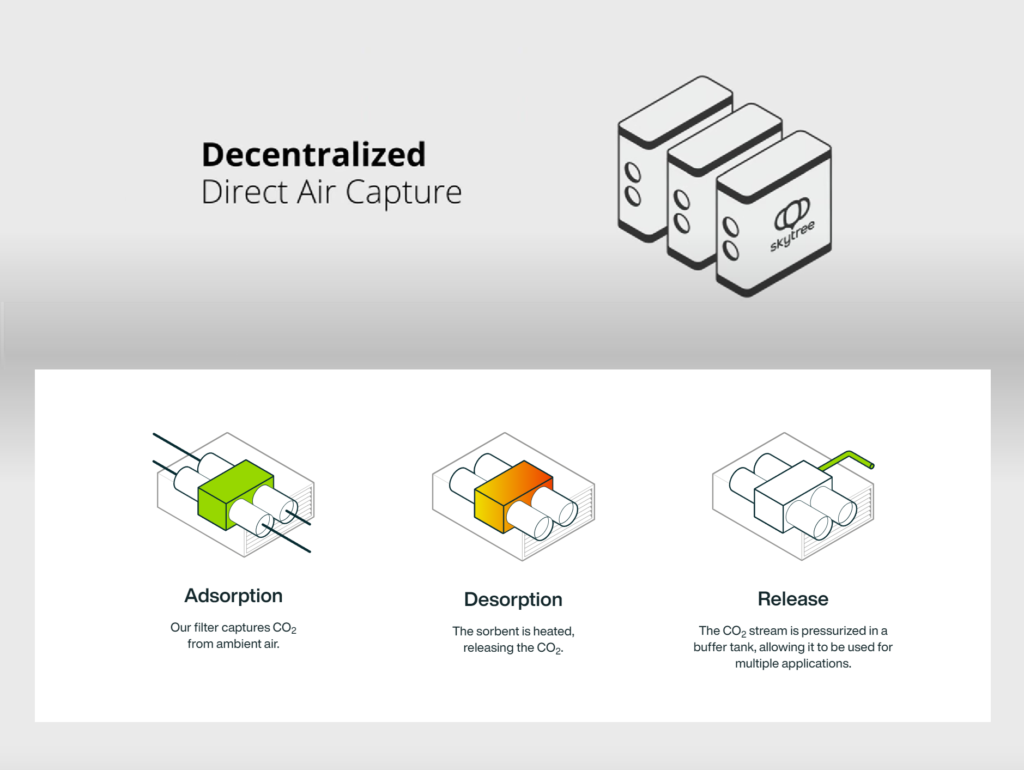
How would you encourage someone to take that leap to progress their business idea?
Taking action, however small, inspires more action. Overthinking and overanalysing can kill any idea. Measure progress continuously and celebrate small wins.
You’ll not be a multi-billion-dollar company overnight. It’s a journey, a marathon most of the time, and finding peace in the small actions you can take is your first step to success.
Overthinking and overanalysing can kill any idea.
max beaumont
What is your advice to entrepreneurs considering applying to ESA BIC?
Go for it. You’ll never know if you don’t try. But don’t put all your eggs in one basket. There are many other programmes you can and should apply for.
What do you see as the biggest challenge for space related startups at the outset?
Pursuing a solution in search of a problem. Unfortunately, that’s the nature of any technology “spin-out” idea. However, it’s one of the worst ways to build a business. Ideally one begins with a pain, and then seeks a solution to solve it.
As such, it’s vital for space related startups to “throw their babies out the window” when called for, and to truly understand if they are solving a customer pain. If they are not, it’s better to pivot early, even if that means abandoning their original technology. And, also, quitting is an option. The accomplishment is then understanding that the tech they were looking at has no real applications. A worthwhile experience in itself and one upon which they can build.

Further reading
- “Beyond Plan B: The Technologies and Tailwinds Powering Direct Air Capture” by Max Beaumont (Sep 2023); link
- “How Decentralized DAC Can Fast Track Onsite Carbon Capture” by Estee Chaikin (Jun 2022); link
About Skytree: Skytree harnesses CO2 from ambient air through the power of direct air capture technology (DAC). This innovation has an applied research foundation at the European Space Agency (ESA) involving the development of cutting-edge technology for CO2 capture on the International Space Station to tackling the excess CO2 challenge here on Earth. Skytree founder Max Beaumont spun out the technology through the ESA business incubator programme at ESA BIC Noordwijk. A decade later, Skytree is creating smart, scalable solutions that utilise or store atmospheric CO2 and contributing to a healthier planet. Led by CEO Rob van Straten, the company launched Its inaugural modular unit – Skytree Cumulus – in September 2023. skytree.eu
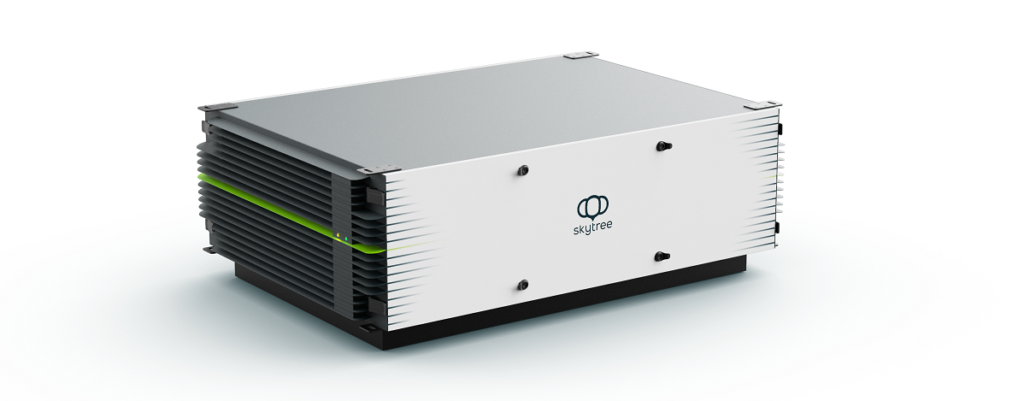
Discover everything you need to know about the ESA BIC Noordwijk programme:
Related post:
Technologies developed for space seek terrestrial applications